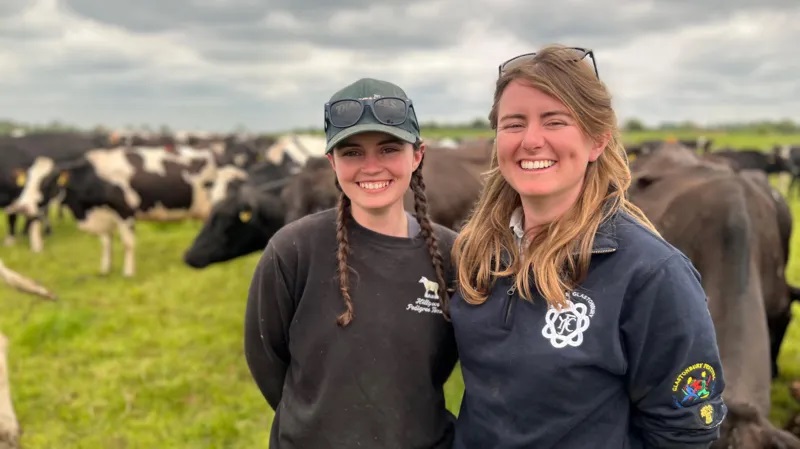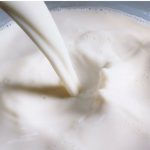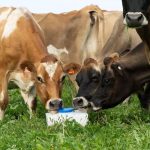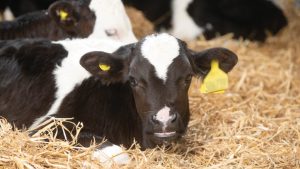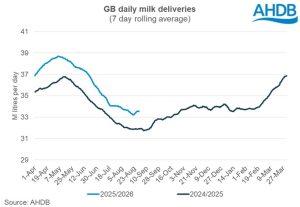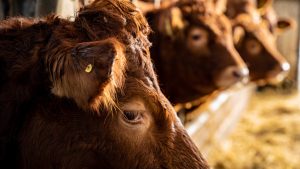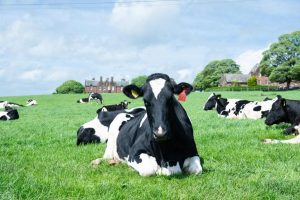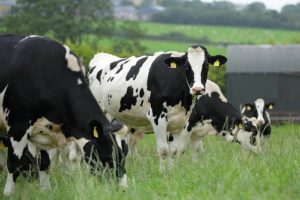
Dairy farms are “struggling” to recruit young people to join the industry, according to experts.
A recruitment drive has been launched at the annual Dairy Show, held at the Royal Bath and West Showground near Shepton Mallet in Somerset.
Ruthie Peterson, careers manager at The Institute of Agriculture and Horticulture, blamed “negative myths” about farming.
“People think it’s all low pay, long hours and muck,” she said, “but the truth is very different.”
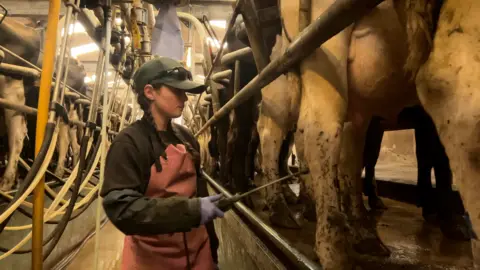
Emily Paul and her sister Georgie love working on their family dairy farm.
“You can’t beat being out here on a lovely day,” said Emily, surrounded by her “beautiful creatures”.
“It’s good for your physical health, good for your mental health,” the 24 year old added.
“Sure, it’s not a nine to five, it’s a whole lifestyle – but I wouldn’t be doing anything else.”
Georgie left home for a few years, working in another rural industry, horse-racing. She travelled the world, worked in America for a while, but in the end her cows drew her home.
“You just can’t beat it here, with the family, and cows, and farming, and just – this.”
The Mendip hills, that Georgie is showing me, are beautiful on the sunny day I visited the farm. But I wonder how many other 23-year-olds get up every day at five in the morning for the mucky, and vital, job of milking?
“It is an early start, and it’s every day,” Emily agrees.
“But you can’t beat sunrises either, they are beautiful too.”
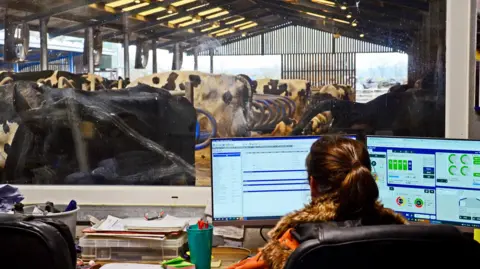
But Emily and Georgie, it seems, are the exceptions.
“It is a real struggle to get young people to think of dairy farming,” says Ruthie Peterson, careers manager at The Institute of Agriculture and Horticulture.
A recent survey of dairy farmers found 50% had problems finding the right staff.
She blames what she calls “out-dated myths” for putting people off a career in dairy farming.
Modern dairy farms use robot systems to milk the cows, gather huge amounts of data to analyse, and increasingly use green technology to reduce their carbon emissions. They even change cows’ diets to cut down on burps, a significant source of methane.
Ms Peterson’s team have made a series of videos on dairy farms to give students a “virtual work experience” of what modern farming is actually like.
“The technologies involved are incredible, and we need highly skilled people to operate them.”
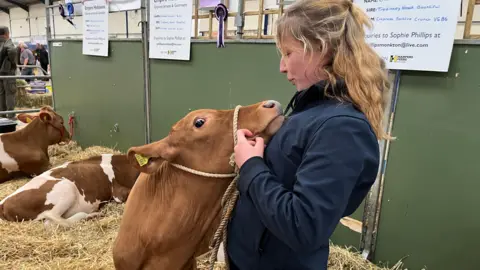
As well as tech, there’s also good old-fashioned animal husbandry skills.
In the cattle hall at the Royal Bath and West Showground, Sophie Phillips shows off her new rosette. Her young Guernsey calf, “Empress Bountiful Crunch” has just won first prize in her class.
Sophie is just 19, and is thoroughly committed to farming.
“It’s such a rewarding job,” she tells me.
“You’re outdoors, you’re working for your future, not someone else’s, and I wouldn’t do anything else.”
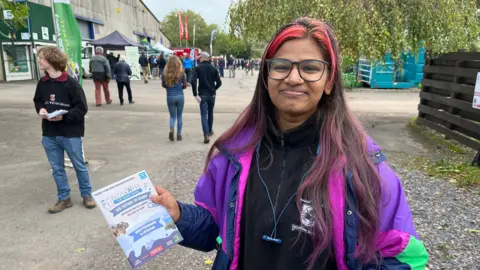
Outside, I met other young people handing out programmes, young vet students hoping to work on farms in the future.
“I’ve already worked on some dairy farms, a sheep farm, even an alpaca farm so far,” said Azra Anzar, a third year student.
“Being able to help the animals and then see them running around the next day is great,” the 22 year old added, “the calves are just overgrown puppies.”
And the best bit of working with animals?
“Believe it or not, I love scraping poo! It’s quite calming actually.”
That is one feature of the farming life I’ve not seen highlighted in the recruitment drive.
You can now read the most important #news on #eDairyNews #Whatsapp channels!!!
🇺🇸 eDairy News INGLÊS: https://whatsapp.com/channel/0029VaKsjzGDTkJyIN6hcP1K
